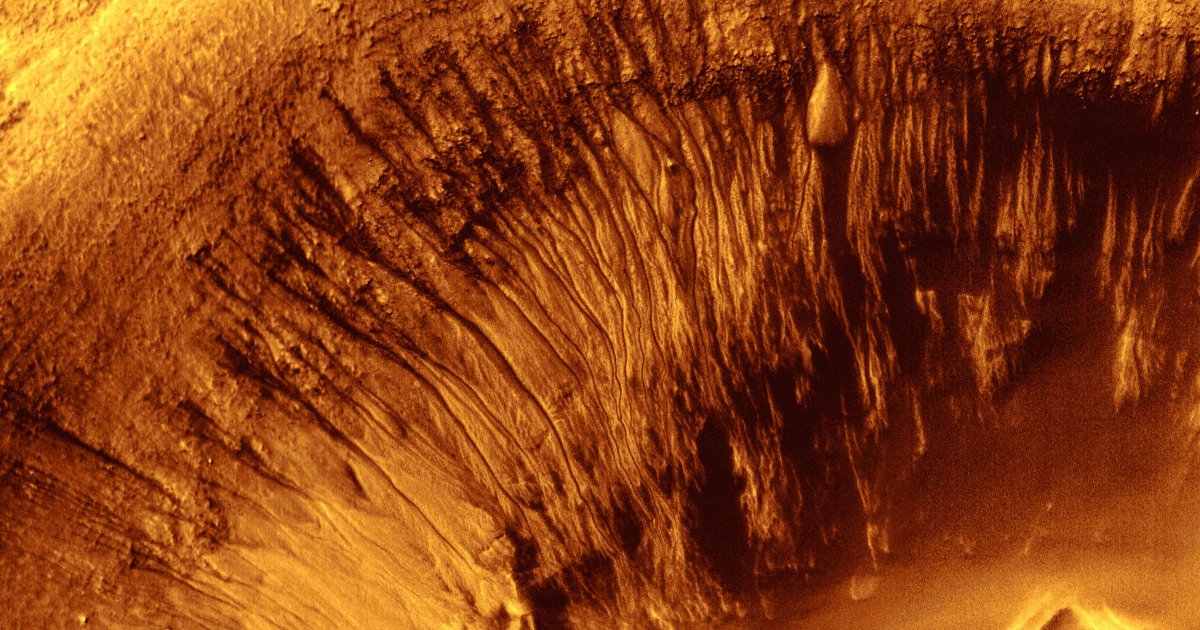
"Now, as detailed in a new paper published in the journal Geophysical Research Letters, Utrecht University Earth scientist Lonneke Roelofs took it upon herself to put that latter theory to the test by simulating the conditions of Mars in a lab to observe how blocks of carbon dioxide "dug" their way through the pseudo-regolith. "It felt like I was watching the sandworms in the film 'Dune,'" she said in a statement."
"By tapping Open University's "Mars chamber," which can simulate the harsh environment of the Red Planet, Roelofs and her colleagues attempted to replicate the phenomenon here on Earth. "In our simulation, I saw how this high gas pressure blasts away the sand around the block in all directions," Roelofs said in the statement. As a result, the block digs itself into the dune,"
"For these blocks of CO2 ice to form on the surface of dunes, temperatures first have to drop to a bitter -184 degrees Fahrenheit during winter on Mars. Once temperatures start to rise towards the end of winter, the theory is that some of these blocks of CO2 ice, which can measure up to three feet in length, can break off, kicking off the "burrowing" behavior."
Martian dune gullies are narrow channels formed on dune surfaces. Early explanations invoked ancient liquid water, but later evidence pointed to seasonal carbon dioxide processes. Extremely cold winter temperatures allow CO2 ice blocks to form on dunes; as temperatures rise, blocks up to three feet long can break off and begin to burrow. Sublimation beneath the blocks creates high gas pressure that blasts sand away, enabling the blocks to dig into dunes and carve channels. Laboratory simulations in a Mars environmental chamber reproduced gas-pressure blasting and sand excavation consistent with observed gully formation.
Read at Futurism
Unable to calculate read time
Collection
[
|
...
]